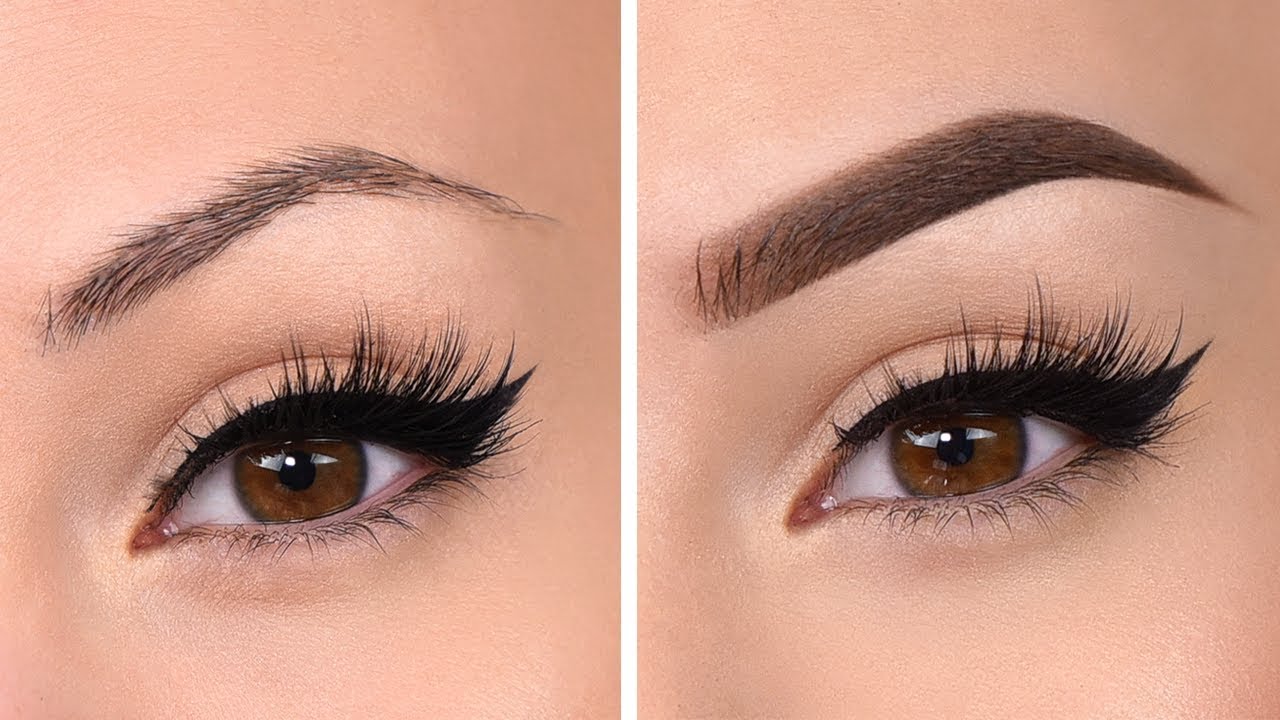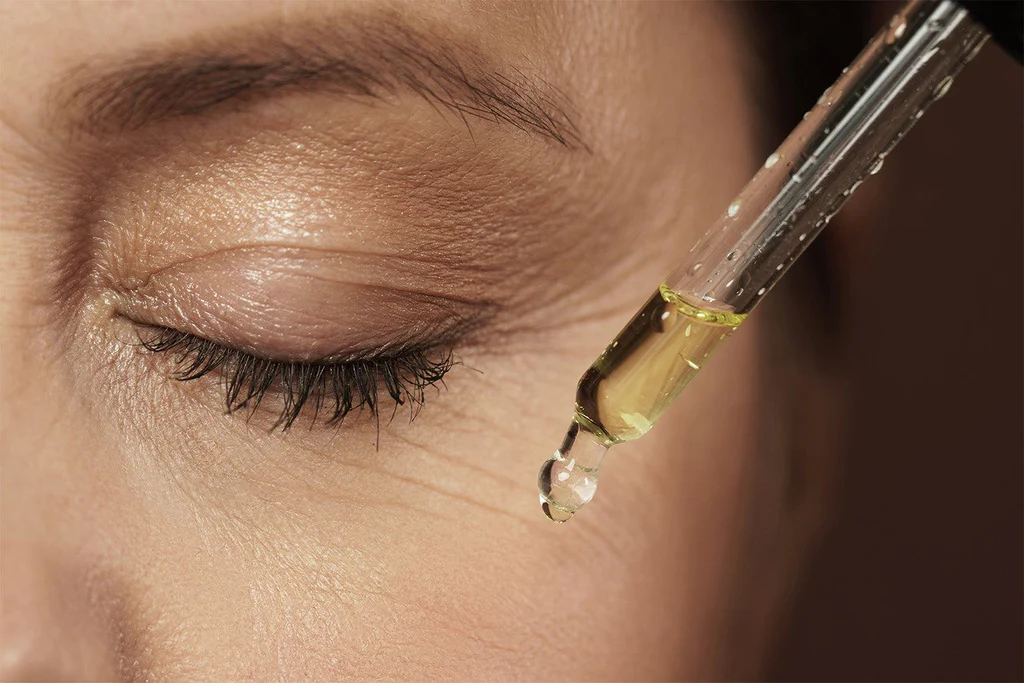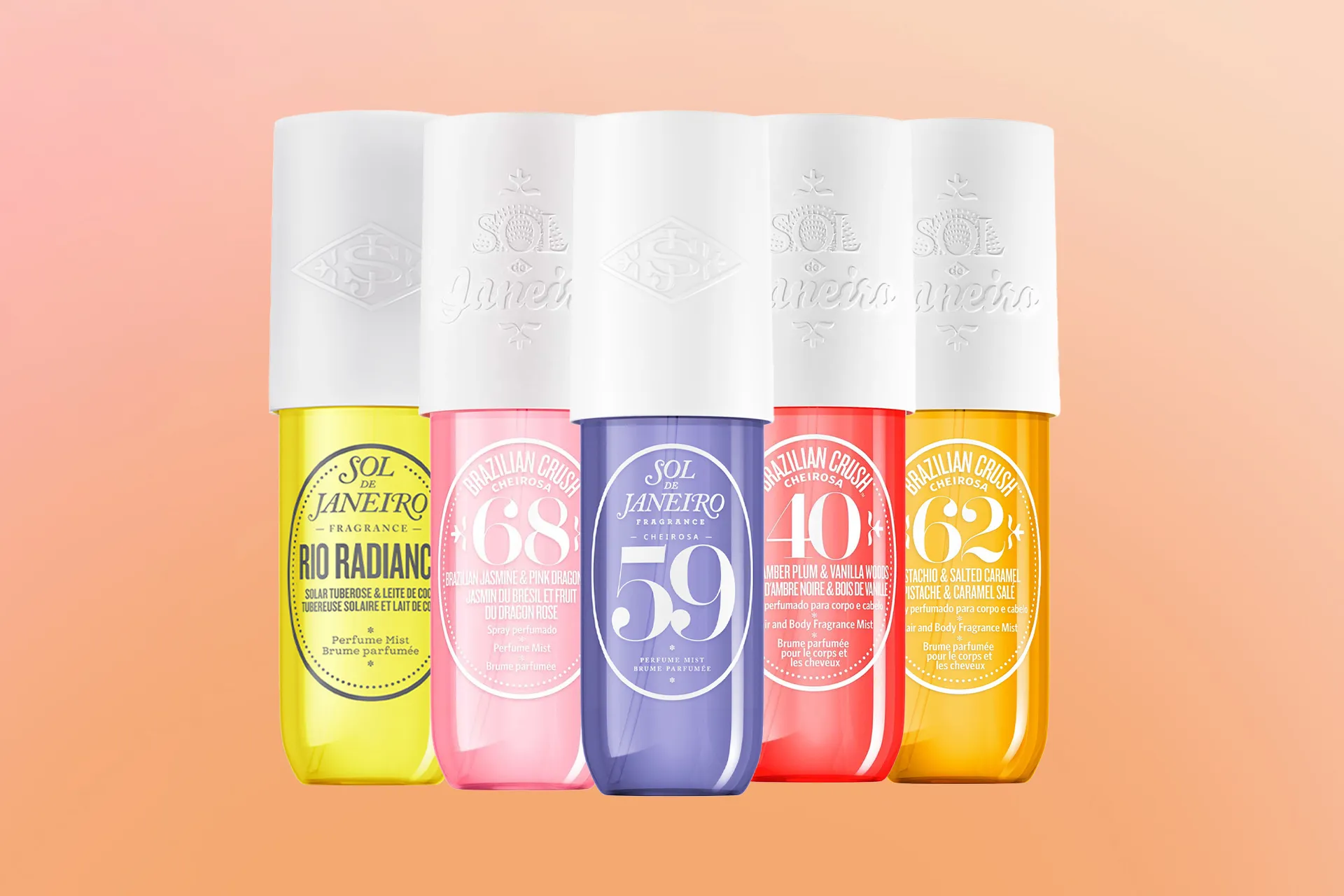Waxing is one of the most popular and effective ways to get rid of unwanted body hair. It leaves your skin smooth and hair-free for weeks, and it can be done at home or at a salon. But not all waxes are created equal. There are two main types of wax: soft wax and hard wax. In this blog post, we will focus on hard wax, which is the best option for sensitive areas like your bikini line, underarms, and face. We will explain what hard wax is, how it works, and how to use it safely and effectively. We will also answer some frequently asked questions about hard wax and give you some tips and tricks to make your waxing experience more comfortable and enjoyable.
What is hard wax?
Hard wax is a type of wax that hardens on the skin after being applied. Unlike soft wax, which requires a strip of cloth or paper to remove, hard wax can be peeled off with your fingers. This makes it easier and less painful to use, especially on delicate areas. Hard wax also adheres only to the hair, not the skin, which reduces the risk of irritation, redness, and ingrown hairs. Hard wax comes in different forms, such as beads, pellets, or blocks, and it needs to be heated before use. You can use a wax warmer, a microwave, or a double boiler to melt the wax to a thick, honey-like consistency. You can also add some pre-wax oil to your skin before applying the wax, to create a barrier and protect your skin from the heat.
How to use hard wax for hair removal
Using hard wax for hair removal is not difficult, but it does require some preparation and practice. Here are the steps to follow:
- Clean the area you want to wax. Make sure your skin is free of dirt, oil, makeup, and lotion. You can use a gentle cleanser or a pre-wax cleanser to do this. Dry your skin well with a towel.
- Trim your hair if it is too long. Ideally, your hair should be about 1/4 inch long for hard wax to work well. If your hair is longer, you can use scissors or a trimmer to cut it to the right length. This will make the waxing process easier and less painful.
- Heat the wax. Place the wax in a wax warmer, a microwave-safe container, or a double boiler, and heat it until it melts. Stir the wax occasionally and check the temperature. The wax should be warm, not hot, and have a thick, honey-like consistency. If the wax is too hot, it can burn your skin. If the wax is too cold, it will not adhere to the hair properly. You can use a thermometer or test the wax on your wrist to make sure it is at the right temperature.
- Apply the wax. Use a wooden spatula or a popsicle stick to scoop some wax and spread it on your skin in the direction of hair growth. The layer of wax should be thick and even, and have a lip or a tab at the end to make it easier to remove. Make sure the wax covers the entire area you want to wax, and that the hair is fully embedded in the wax. Do not apply the wax over the same area more than once, as this can irritate your skin. Work in small sections, and avoid waxing large areas at once.
- Remove the wax. Wait for the wax to harden on your skin, which can take from a few seconds to a minute, depending on the type and temperature of the wax. The wax should feel firm and dry to the touch, but not brittle. Hold your skin taut with one hand, and use the other hand to grab the end of the wax. Pull the wax off quickly and firmly in the opposite direction of hair growth, parallel to the skin. Do not pull the wax up or away from the skin, as this can cause bruising, bleeding, or tearing of the skin. Discard the used wax and repeat the process until you have removed all the hair from the desired area.
- Soothe your skin. After waxing, your skin may be red, swollen, or sensitive. This is normal and should subside within a few hours. To soothe your skin, you can apply a post-wax lotion, cream, or oil that contains ingredients like aloe vera, chamomile, or tea tree. These can help calm, moisturize, and disinfect your skin. You can also use a cold compress or an ice pack to reduce inflammation and pain. Avoid touching, scratching, or rubbing your skin, as this can cause irritation or infection. Also, avoid exposing your skin to heat, sun, or sweat for at least 24 hours after waxing, as this can cause further irritation or inflammation.
Frequently asked questions about hard wax
Here are some common questions and answers about hard wax and hair removal:
- Is hard wax better for hair removal?
Hard wax is better for hair removal than soft wax for some areas of the body, such as the bikini line, underarms, and face. This is because hard wax is gentler on the skin, as it only sticks to the hair, not the skin. Hard wax also allows you to wax the same area multiple times, without damaging the skin, which ensures a more thorough and smooth result. Hard wax is also less painful to remove than soft wax, as it does not pull the skin. However, hard wax is not suitable for large areas like the legs and arms, as it can be time-consuming and messy to apply and remove. For these areas, soft wax is a better option, as it is faster and more efficient.
- Can you use hard wax on pubic hair?
Yes, you can use hard wax on pubic hair, as long as you follow the proper precautions and techniques. Hard wax is ideal for waxing the bikini area, as it is gentle on the skin and can remove coarse and curly hair effectively. However, waxing the pubic area can be tricky and painful, especially if you are doing it for the first time or by yourself. Therefore, it is recommended that you consult a professional waxer or a dermatologist before attempting to wax your pubic hair at home. You should also avoid waxing your pubic area if you have any cuts, infections, or skin conditions in the area, or if you are pregnant, menstruating, or taking certain medications that can affect your skin sensitivity.
- How to apply hard wax on bikini area
To apply hard wax on the bikini area, you need to follow the same steps as for any other area, but with some extra care and attention. Here are some tips to help you:
- Choose the right type of wax. For the bikini area, you need a hard wax that is designed for coarse and curly hair, and that has a low melting point. This will ensure that the wax is effective and gentle on your skin. You can also look for a wax that contains soothing or moisturizing ingredients, such as aloe vera, shea butter, or coconut oil, to reduce irritation and inflammation.
- Choose the right shape and size. Depending on how much hair you want to remove and how comfortable you are, you can choose from different shapes and sizes of waxing the bikini area. The most common ones are:
- Bikini line: This is the most basic and conservative option, where you only remove the hair that is visible outside the edges of your underwear or swimsuit. To do this, you need to apply the wax in a straight line along the sides of your bikini area, and remove it in the opposite direction.
- Bikini full: This is a more thorough and daring option, where you remove most of the hair from the front and sides of your bikini area, leaving only a small strip or triangle of hair in the center. To do this, you need to apply the wax in smaller sections, following the shape and direction of your hair growth, and remove it in the opposite direction.
- Brazilian: This is the most extreme and complete option, where you remove all the hair from the front, sides, and back of your bikini area, including the anus. To do this, you need to apply the wax in very small sections, following the shape and direction of your hair growth, and remove it in the opposite direction. You may need to use a mirror or ask someone to help you with the hard-to-reach areas.
- Prepare your skin. Before waxing your bikini area, you need to make sure your skin is clean, dry, and exfoliated. You can use a gentle cleanser or a pre-wax cleanser to remove any dirt, oil, or lotion from your skin. You can also use a scrub or a loofah to exfoliate your skin and remove any dead skin cells or ingrown hairs. This will make the waxing process easier and more effective. You should also trim your hair to about 1/4 inch long, if it is longer, to reduce the pain and the risk of breaking the hair.
- Apply the wax. After heating the wax to the right temperature, you can apply it to your bikini area with a spatula or a stick. Start from the outer edges of your bikini area and work your way inwards, following the direction of your hair growth. Apply the wax in small sections, about the size of a coin, and make sure the wax covers the entire area you want to wax. Leave a lip or a tab at the end of the wax, to make it easier to remove. Do not apply the wax over the same area more than once, as this can irritate your skin. Work in one direction at a time, and avoid wax.
- Remove the wax. After the wax has hardened on your skin, you can remove it by holding your skin taut and pulling the wax off quickly and firmly in the opposite direction of hair growth. Try to pull the wax parallel to the skin, not away from it, to avoid bruising or tearing the skin. You may feel some pain or discomfort, but it should be brief and tolerable. If the wax breaks or leaves some residue on your skin, you can reapply some wax over it and remove it again, or use a wax remover or some oil to dissolve it. Do not use water or soap to remove the wax, as this can cause irritation or infection. Repeat the process until you have removed all the hair from your bikini area.
- Soothe your skin. After waxing your bikini area, you may experience some redness, swelling, or sensitivity. This is normal and should subside within a few hours. To soothe your skin, you can apply some post-wax lotion, cream, or oil that contains soothing or moisturizing ingredients, such as aloe vera, chamomile, or tea tree. These can help calm, hydrate, and disinfect your skin. You can also use a cold compress or an ice pack to reduce inflammation and pain. Avoid touching, scratching, or rubbing your skin, as this can cause irritation or infection. Also, avoid exposing your skin to heat, sun, or sweat for at least 24 hours after waxing, as this can cause further irritation or inflammation.
How to use hard wax on other areas
You can use hard wax on other areas of your body, such as your face, underarms, and legs, following the same steps as for the bikini area. However, there are some differences and tips to keep in mind for each area:
- Face: Waxing your face can help you get rid of unwanted hair on your eyebrows, upper lip, chin, cheeks, or sideburns. However, you need to be very careful and gentle when waxing your face, as the skin on your face is more delicate and sensitive than other areas. You also need to avoid waxing your face if you have any acne, cuts, moles, warts, or skin conditions, or if you are using any products or medications that can make your skin more prone to irritation or damage, such as retinoids, exfoliants, or antibiotics. To wax your face, you need to use a hard wax that is suitable for facial hair, and apply it in very small sections, following the shape and direction of your hair growth. You also need to pull the wax off very gently and slowly, to avoid hurting your skin or causing any bleeding or bruising. After waxing your face, you need to soothe your skin with some post-wax lotion, cream, or oil, and avoid applying any makeup, perfume, or alcohol-based products for at least 24 hours, as these can clog your pores or cause irritation or infection.
- Underarms: Waxing your underarms can help you get rid of unwanted hair and odor, and make your skin smoother and lighter. However, you need to be aware that waxing your underarms can be more painful and challenging than other areas, as the hair in your underarms is thicker and coarser, and the skin in your underarms is more sensitive and prone to sweating. You also need to avoid waxing your underarms if you have any cuts, infections, or skin conditions, or if you are using any products or medications that can affect your skin sensitivity, such as deodorants, antiperspirants, or steroids. To wax your underarms, you need to use a hard wax that is designed for coarse and curly hair, and apply it in small sections, following the direction of your hair growth. You also need to lift your arm above your head and hold your skin taut, to make the waxing process easier and more effective. You may need to wax your underarms in multiple directions, as the hair in your underarms grows in different directions. After waxing your underarms, you need to soothe your skin with some post-wax lotion, cream, or oil, and avoid applying any deodorants, antiperspirants, or alcohol-based products for at least 24 hours, as these can irritate or infect your skin.
- Legs: Waxing your legs can help you get rid of unwanted hair and make your skin smoother and softer. However, you need to know that waxing your legs can be more time-consuming and messy than other areas, as the legs are a large and uneven area. You also need to avoid waxing your legs if you have any varicose veins, spider veins, or skin conditions, or if you are using any products or medications that can thin your skin or affect your blood circulation, such as aspirin, blood thinners, or steroids. To wax your legs, you need to use a hard wax that is suitable for fine and straight hair, and apply it in large sections, following the direction of your hair growth. You also need to hold your skin taut and pull the wax off quickly and firmly, to avoid breaking the hair or leaving any residue on your skin. You may need to reheat the wax occasionally, as it can cool down and lose its effectiveness. After waxing your legs, you need to soothe your skin with some post-wax lotion, cream, or oil, and avoid wearing any tight or synthetic clothing for at least 24 hours, as these can cause friction or irritation.
Conclusion
Hard wax is a great option for hair removal, especially for sensitive areas like the bikini line, underarms, and face. It is gentle on the skin, as it only sticks to the hair, not the skin. It is also effective, as it can remove coarse and curly hair easily and thoroughly. However, hard wax also has some drawbacks, such as being more expensive, more difficult to find, and more messy to use than soft wax. Therefore, you need to weigh the pros and cons of hard wax and decide whether it is the best choice for you. You also need to follow the proper steps and precautions when using hard wax, to ensure a safe and successful waxing experience. We hope this blog post has helped you learn more about hard wax and how to use it for hair removal. If you have any questions or comments, please feel free to leave them below. Thank you for reading and happy waxing!

 By
Your Beauty Plug
By
Your Beauty Plug




